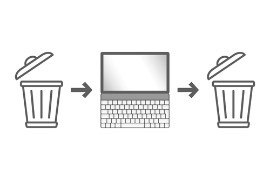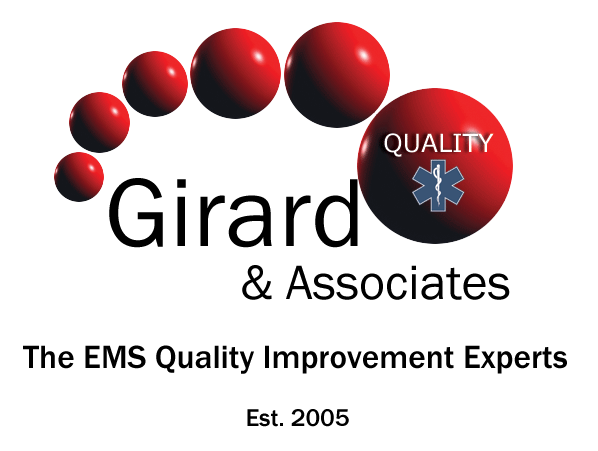What Is NEMSIS, and Where Did It Come From?
NEMSIS — the National Emergency Medical Services Information System — is a federally supported data standard allowing EMS agencies to collect and submit patient care data in a consistent format. Developed in the early 2000s by the National Highway Traffic Safety Administration (NHTSA), it was created to help EMS systems measure performance, improve patient care, and guide policy at local, state, and national levels.
NEMSIS organizes critical information like dispatch times, clinical impressions, interventions, and outcomes into structured fields within Patient Care Reporting (PCR) software. While revolutionary in concept, NEMSIS data is only as reliable as the information entered into it
Chest Pain and the Illusion of Accuracy
Consider a real-world EMS agency scenario: NEMSIS data reveals that many chest pain patients are not receiving timely 12-lead ECGs or aspirin administration. Leadership sounds the alarm. Training is rushed. Medics are warned about protocol adherence.
But a closer look reveals:

- 12-leads were performed but the “cardiac monitor used” field was left blank.
- Aspirin was given but logged under an incorrect medication field.
- Narrative notes clearly explain interventions, but NEMSIS exports ignore free-text.
The issue wasn’t clinical care. It was documentation failure.
Bad data nearly led to unfair discipline and wasted resources.
Inaccurate NEMSIS data doesn’t just distort performance — it threatens careers, damages agency reputations, and ultimately compromises patient care.
How Accurate Are Reports from PCR Software?
The uncomfortable truth: often, not very.
PCR software captures data via checkboxes, dropdowns, and templates. Missing a checkbox or picking the wrong dropdown can fatally distort the case record. Furthermore, software glitches and upload errors can corrupt entire batches of reports.
Key Problem:
- PCRs prioritize data compliance over clinical storytelling.
- Discrete fields miss critical context that only narratives reveal.
Is NEMSIS Data Really Helpful?
Yes — but only if accurate.
Good NEMSIS data can:
- Reveal system-wide trends
- Identify training needs
- Improve outcomes through data-driven decisions.
Bad NEMSIS data can:
- Fabricate phantom problems.
- Mislead CQI efforts.
- Damage medic careers through unfair evaluations.
- Skew EMS policy based on false premises.
Can You Do Good CQI With Bad Data?
Absolutely not.

Good CQI demands:
- Accurate charting
- Human review of PCRs and narratives
- Dialogue with field crews to uncover the “why.”
Without those foundations, any data-driven initiative becomes an exercise in Continuous Quality Illusion, not improvement.
Why Is EMS Data So Often Corrupt?
- Stressful documentation environment
- Documentation fatigue
- Confusing or faulty software
- Poor training on medical-legal documentation standards
- Checkbox compliance culture over clinical accuracy
- Providers missing critical clinical information leading to inaccurate differential diagnoses and treatments
- Unintentional data inputs by providers
- Intentional misrepresentation of data by providers who fear retribution from management or the CQI process
Millions of records may be “complete” but fail to tell the clinical truth.
EMS Data Corruption Factors:
- Fatigue
- Poor Training
- Checkbox Mentality
- Software Glitches
- Rushed Documentation
The Path Forward: People First, Data Second
When medics are empowered to tell their clinical stories fully and accurately, EMS systems can finally make data an asset, not a liability.
Until then, we must remember bad data doesn’t just confuse leadership — it risks everything we stand for in EMS.



